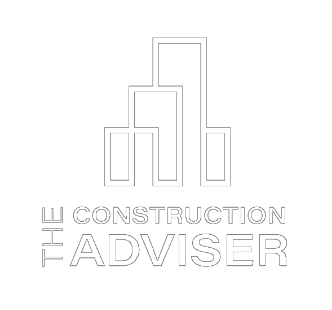.jpg)
The Australian construction industry plays a vital role in the economy, accounting for approximately 10% of GDP and employing over 1.2 million individuals (ABS, 2020). The industry has witnessed growth due to high demand for infrastructure and buildings, but it faces significant challenges such as skills shortages, rising costs, and regulatory uncertainty. To address these issues, strategic measures can be implemented to capitalise on the opportunities available.
Skills Shortages
The Australian construction industry experiences a shortage of skilled workers, primarily driven by factors such as an aging workforce and declining apprenticeship numbers (Master Builders Australia, 2019). The increasing complexity of construction projects further exacerbates the challenge. To tackle this issue, investments in skills training and development are crucial. Increasing apprenticeship opportunities and providing training for mature-age workers can help fill the skills gap. Additionally, attracting international talent through streamlined visa processes and recognition of overseas qualifications can further support the industry (Australian Government, 2023).
Rising Costs
Rising costs pose a significant challenge to the Australian construction industry. Factors contributing to cost escalation include the Australian dollar, increased living costs, and demand for imported materials (Australian Construction Industry Forum, 2021). To manage costs effectively, the industry can embrace innovative construction methods that enhance efficiency and reduce material waste. For example, off-site modular construction and Building Information Modelling (BIM) can streamline processes and improve cost-effectiveness (Arayici et al., 2011). Currently useful to large developers, for smaller developers BMI is expensive. Instead, they can use the services of building defect experts to ensure their projects are built to Australian standards. Exploring the use of innovative materials and negotiating favourable agreements with suppliers can also mitigate rising costs.
Regulatory Uncertainty
Regulatory uncertainty presents challenges for the Australian construction industry. Complex regulations, lack of clarity, and inconsistent enforcement can hinder business operations and project delivery (Constructing Excellence, 2019). To address this issue, regulatory reforms are necessary. Simplifying regulations, providing clear guidelines, and ensuring consistent enforcement can create a more conducive operating environment.
Improvement Strategies
- Investing in skills training: Collaborative efforts between the government, educational institutions, and industry bodies can focus on increasing apprenticeships, providing targeted training programs for mature-age workers, and establishing pathways for international talent.
- Cost management: Embracing innovative construction methods, such as prefabrication and BIM, can optimise processes and reduce costs. The adoption of sustainable materials and strategic procurement practices can also contribute to cost management.
- Regulatory clarity: Regulatory reforms should aim to simplify and clarify regulations, ensuring consistent enforcement and reducing uncertainty for businesses. Engaging with industry stakeholders and learning from successful regulatory frameworks in other countries can guide these reforms.
Despite the challenges faced by the Australian construction industry, opportunities for growth and contribution to the economy abound. Addressing skills shortages, managing costs effectively, and providing regulatory clarity are crucial steps to unlock the industry's potential. By investing in skills training, embracing innovation, and fostering strong relationships with stakeholders, the Australian construction industry can thrive and continue to play a vital role in driving economic growth and development.
References
- ABS (2020). Australian National Accounts: National Income, Expenditure and Product, March 2020. Retrieved from https://www.abs.gov.au/statistics/economy/national-accounts/australian-national-accounts-national-income-expenditure-and-product/mar-2020
- Arayici, Y., Coates, P., Koskela, L., Kagioglou, M., Usher, C., & O'Reilly, K. (2011). Technology adoption in the BIM implementation for lean architectural practice. Automation in Construction, 20(2), 189-195.
- Australian Construction Industry Forum. (2021). Australian Construction Market Report Q1 2021. Retrieved from https://www.acif.com.au
- Australian Government (2019). Improving Australia’s Skilled Migration Program. Retrieved from https://immi.homeaffairs.gov.au/what-we-do/migration-program-planning-levels
- Constructing Excellence (2019). Understanding Regulatory Complexity in the Australian Construction Industry. Retrieved from https://constructingexcellence.org.au/resources/regulatory-complexity/
- Department for Business, Energy & Industrial Strategy (2020). Planning for the Future. Retrieved from https://www.gov.uk/government/publications/planning-for-the-future
- Master Builders Australia Submission (2023). Retrieved from https://www.homeaffairs.gov.au/reports-and-pubs/files/migration-system-aust-future-submissions/m-r/Master_Builders_Australia.PDF
read more articles

